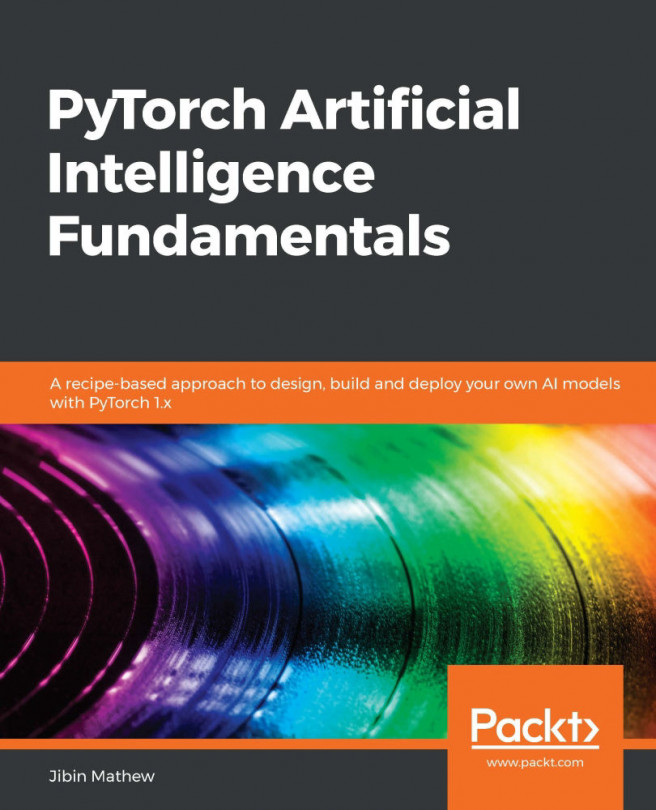Machine learning glossary
In the last few chapters, we have used lot of terminology that could be completely new to you if you are just entering the machine learning or deep learning space. We will list a lot of commonly-used terms in machine learning, which are also used in the deep learning literature:
- Sampleor input ordata point: These mean particular instances of training a set. In our image classification problem seen in the last chapter, each image can be referred to as a sample, input, or data point.
- Predictionoroutput: The value our algorithm generates as an output. For example, in our previous example our algorithm predicted a particular image as 0, which is the label given to cat, so the number 0 is our prediction or output.
- Targetor label: The actual tagged label for an image.
- Loss valueor prediction error: Some measure of distance between the predicted value and actual value. The smaller the value, the better the accuracy.
- Classes: Possible set of values or labels for a given dataset...







































































